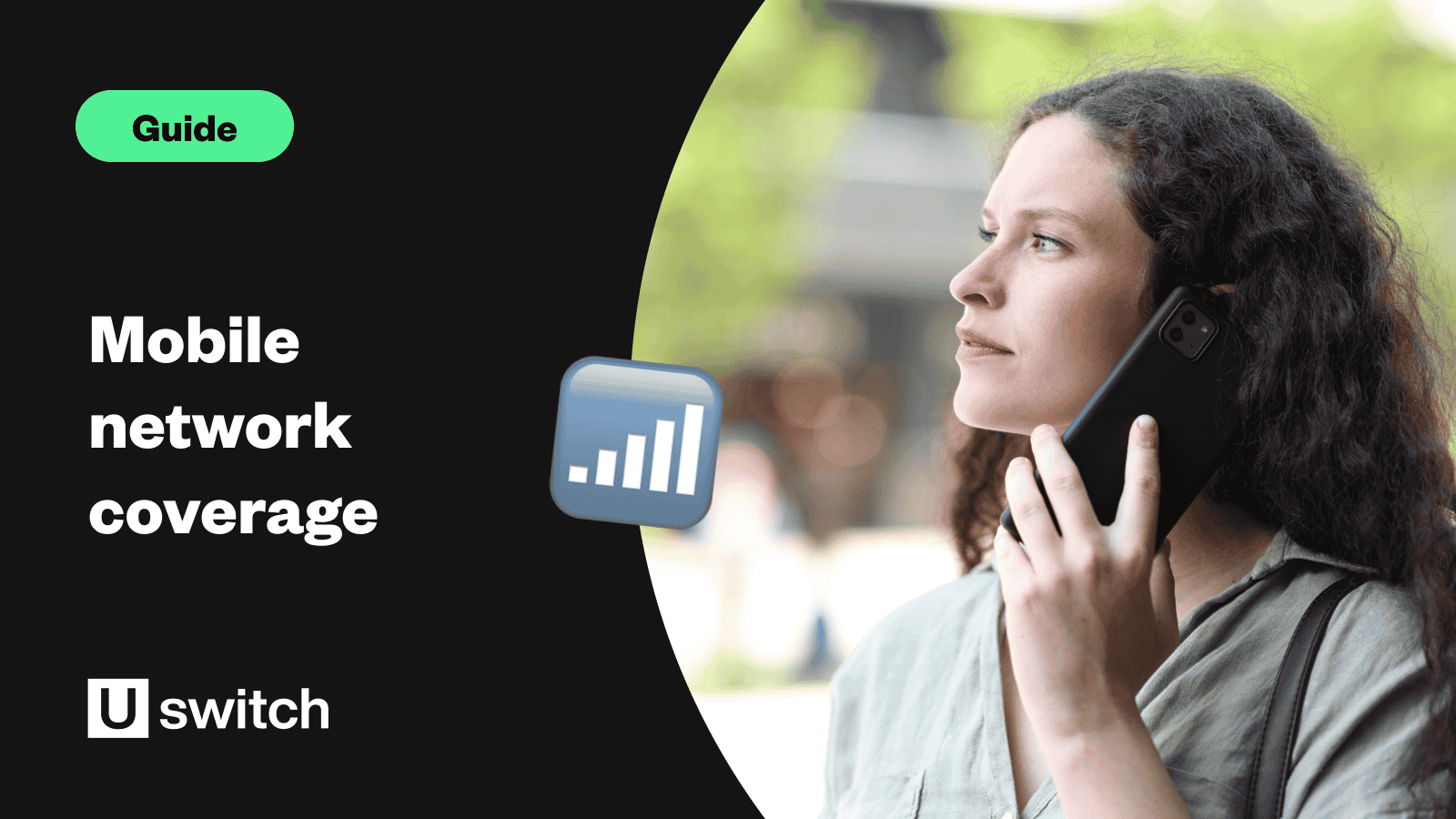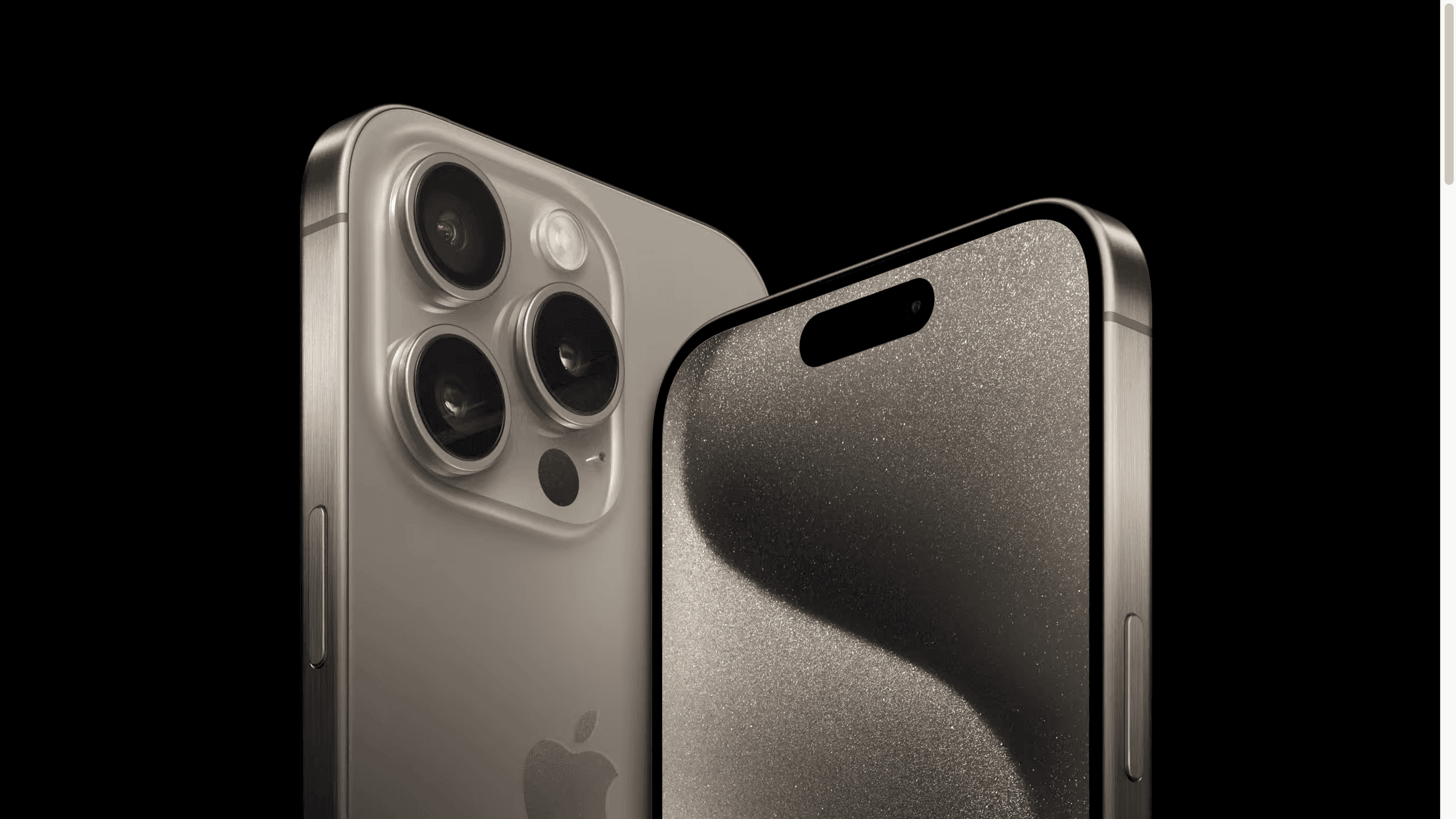- Uswitch.com>
- Mobiles>
- Guides>
- What is an eSIM and how does it work? - Uswitch
What is an eSIM and how does it work?
An eSIM is an embedded SIM – an electronic alternative to a physical, plastic SIM card – that connects your mobile phone to a mobile network to make calls, send texts and use the internet.
With an embedded SIM (eSIM), you can choose and activate a mobile plan from your service provider without having to order and fiddle about trying to insert a physical SIM into your phone. You can install eight or more eSIMs on compatible devices and have two phone numbers at the same time.
Unlike existing SIM cards, an eSIM is a specific piece of code embedded into the device itself and cannot be removed and put in another phone or tablet.
As technology advances, eSIMs are becoming more and more popular as they improve user experience and are perfect for activities like using your phone abroad.
The availability of eSIMs is growing rapidly in the UK, and with Apple starting to phase out the physical SIM card on iPhones in more countries, it might soon become the main way we activate our phone contracts.
When will eSIMs replace physical SIM cards?
Currently, eSIMs are being used as a second SIM card in a selection of top-end phones and tablets.
But as with so much in the smartphone world, features that are initially confined to pricier products quickly find their way into more affordable devices.
This means there will likely be no more SIM trays or standard SIM devices within a few years. We've already seen Apple make its US iPhone 14 range completely eSIM-dependent in 2022.
What phones are eSIM compatible?
All of Apple’s latest iPhones – including the iPhone 15 and iPhone 15 Pro – come with an eSIM and a standard SIM card slot. Apple’s iPad and Apple Watch range also use eSIMs when enabled with cellular data.
The latest Android phones all support eSIMs too, including:
Samsung Galaxy ranges
Samsung Galaxy Z Fold and Z Flip range
Samsung Galaxy Note20 and Note20 Ultra
Google Pixel ranges
Fairphone 4
HONOR Magic ranges
HONOR 50
Huawei P40
Huawei P40 Pro
Huawei Mate 40 Pro
Nuu X5
Oppo Find ranges
Oppo Reno ranges
Rakuten Mini
Rakuten Big‑S
Rakuten Big
Sharp AQUOS sense4 lite
Sony Xperia ranges
Vivo X80
What are the other advantages that eSIMs offer?
Ability to add a second telephone number to supplement the one attached to the main SIM card. Very handy if you have separate business and personal lines.
They’re really helpful for travellers. Cheap roaming is becoming increasingly rare, and it often pays to have a local number if you’re in a different location for longer. eSIMs mean you can activate a local line on your device without going to a local provider and arranging a price plan.
If your eSIM uses a different network from your standard SIM, you can easily switch between the two. This is especially useful if data coverage is poor on one but not the other.
On the latest iPhones, you can assign one SIM as the primary line for services like FaceTime and iMessage and use the other as a secondary SIM for basics such as calls.
The chips are much smaller than the cards currently used in most phones, leaving mobile manufacturers space to trim the size of handsets or add other essentials, such as larger batteries.
Can I use an eSIM for travel?
eSIMs really come into their own when used for travelling, especially if you’re venturing outside Europe for more than a short holiday.
If you decide to travel outside of Europe, international travel eSIMs are often much cheaper than using your provider as a roaming option. Prices vary from provider to provider, but they will certainly be higher than using a fixed bundle eSIM.
You can purchase a travel eSIM deal with Uswitch by choosing the country you’re planning to visit in advance and following the simple instructions to download and activate an eSIM. This can be used alongside your physical UK SIM card, meaning there is no need to change your number while abroad.
In what countries can you use an eSIM to travel?
The numbers are climbing quickly. By the end of 2020, over 175 mobile service providers offered commercial eSIM services in more than 69 countries. Developed markets are at the forefront, with Europe accounting for 41% of these services.
All major mobile operators in the UK, France, Spain, Germany, the Netherlands, the US, Canada, and Australia have launched smartphone eSIM services. By 2025, 90% of mobile operators worldwide plan to offer eSIM services, with the GSMA predicting 2.4 billion eSIM smartphone connections globally.
How much do travel eSIMs cost?
The price of travel eSIMs varies from country to country and depends on how much data you need during your trip.
Examples of the cost of purchasing an eSIM on Uswitch for a specific country include:
Compare this to roaming with UK providers:
Do you need an eSIM to travel in Europe?
Previously, under the EU's 'Roam Like At Home' rules, UK users could use their standard allowances with their providers for minutes, texts, and data in 30 countries without extra charges, subject to 'fair usage' limits.
Since Brexit, however, several providers, including major ones like EE, Vodafone, and Three, have reintroduced roaming fees for Europe. With prices varying from provider to provider, it’s always worth checking if purchasing an eSIM could save you money on your European trip—especially if you’re going for longer than seven days.
For more information about roaming, see our ‘Which network is best for international roaming?’ guide.
Which networks offer eSIMs?
With the popularity of eSIMs growing, more providers have started to offer them, including the big four (EE, O2, Three, and Vodafone). However, only some of these let you switch directly to an eSIM without first switching to a physical SIM card.
This defeats many of the benefits of getting an eSIM, so moving your current UK call and data plan over to an eSIM is unlikely to save you any time, hassle, or money at the moment.
How to install an eSIM
Installing an eSIM is much easier and more convenient than you may think and definitely easier than dealing with traditional SIM cards. Once your eSIM has been selected and purchased, the installation process is straightforward:
Scan the QR code
Install it on your phone
Activate on arrival to your destination and enjoy your eSIM
When you get a new eSIM plan or switch carriers, your service provider gives you a QR code. To activate the eSIM, simply go to your device settings, scan the QR code with your camera, and it’s instantly installed. This quick process only takes a few moments, eliminating the need for physical SIM swaps or visits to a local SIM store at your holiday destination.
This hassle-free installation method is perfect for frequent travellers or those who often change carriers.
Can I get 5G with an eSIM?
Yes, you can use 5G with your eSIM. Several eSIMs, including Uswitch’s travel eSIMs, support access to 5G cellular networks. However, your ability to access 5G depends on a few factors:
Device compatibility: Your device must support 5G. Not all phones or tablets are equipped for 5G networks. You can check if your phone is 5G compatible by visiting your phone’s manufacturer's website.
5G availability: 5G networks are available only in certain countries and regions. You need to be in an area with 5G coverage to connect to a 5G network.
eSIM support for 5G: Check if the specific eSIM you plan to buy supports 5G. This information is usually found under the 'Connectivity' section in the eSIM's details.
Can I switch to an eSIM with my existing contract?
This will depend on your provider, but it shouldn’t usually be a problem. It doesn’t matter if you’re a contract customer or have a pay-as-you-go plan; you can simply contact your provider or visit one of its stores to check if you can swap to eSIM mid-contract.
Are there any disadvantages to using an eSIM?
Now that you have a good idea of the benefits of an eSIM, let's look at some factors you should be aware of when deciding whether you should go for one. Here are the cons of eSIM:
1. Difficult to switch devices - It can be tough to swap devices if there is an emergency, for example, if your phone suddenly stops working. With a physical SIM, you can easily remove it and put it on another phone. That is not the case with an eSIM. You'll need to download your eSIM data from the cloud, which takes a bit longer to do.
2. Fewer handsets support eSIMs - Although all of Apple, Google, and Samsung's flagship series support eSIMs, many of the lower-end smartphones won’t. So always check if your phone is eSIM compatible before purchasing.
3. Easily tracked by network providers - Users concerned about privacy can easily stop their network from tracking their location by removing the physical SIM card from their phone. However, because eSIM is built into the device and cannot be removed, users' phones will remain connected to the carrier's network and be easier to trace.
I haven't got an eSIM phone yet, but I need some help switching networks anyway
We've got you covered. Head to our one-stop guide to switching networks for simple-to-follow advice.
Read more...

SIM only vs pay monthly - what’s the difference? - Uswitch
What’s the difference between SIM only and pay monthly plans? Should you go for a new handset or stick with your old phone?
Learn more
Best mobile network coverage in the UK
Which network offers the best mobile coverage 2024? We take a look at the major mobile phone networks and the sort of coverage & connection speeds to expect.
Learn more
EU roaming charges explained - Uswitch
Since Brexit, UK networks have slowly begun reintroducing EU roaming charges. If you want to have access to data, calls and text during your next trip overseas, here's what you'll be charged.
Learn more

